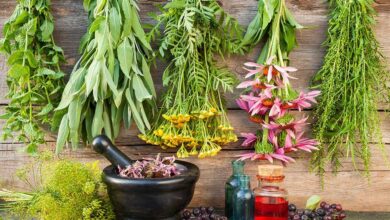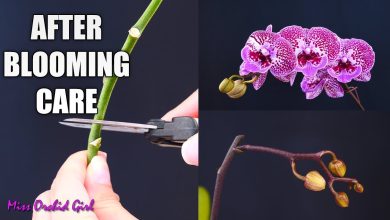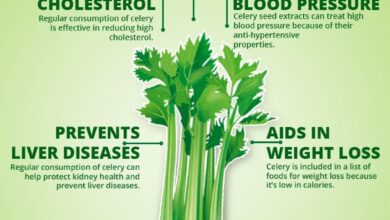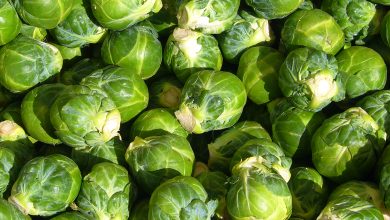What are the characteristics of limestone soils?

The chalky soils are among the most we can be found in many parts of the world. In Spain, as in a large part of the Iberian Peninsula, as well as in the Balearic Islands we have to keep it very present when designing a garden if we want to choose the plants well.
But why? Well, each type of soil has its characteristics; In addition, trees, palms, flowers, and the rest of plant beings have their own preferences, which are not really such, but, due to the thousands of years of evolution they have had, there are many that can only grow on a certain soil.
What are the characteristics of limestone soils?

Limestone soils are very easy to distinguish, even with the naked eye. The color is brown, they tend to have many small and large stones -although the latter are only seen when excavation work is being done or a large plant is to be planted-, and their ability to absorb and filter water is not very good.
But if we were left alone with that, we would not have all the information about this type of land. And it is that these soils, as their name suggests, are made mainly of limestone, which is a sedimentary rock composed of calcium carbonate above all, but it can also contain traces of magnesite, and minerals such as clay, quartz, or siderite., among others.
These rocks, over the years – thousands and millions -, with the force of meteorological phenomena, earthquakes, and the movement of tectonic plates, have gradually gone (and are) decomposing. Thus, today humans can enjoy its fantastic (because they are ) characteristics.
Advantages and disadvantages of limestone soils for gardeners and horticulturists

Advantage
Let’s start with the advantages, with the positive part. To tell you, first of all, that the ones I will tell you are based on my knowledge on the subject, but also on my experience since I live in an area of Mallorca (Balearic Islands, Spain) where we have this type of soil.
- They are rich in nutrients so important to plants as calcium, magnesium, phosphorus, molybdenum, and manganese.
- Many types of plants can grow in them ( here you have a list and here another).
- Its properties can be improved very easily, regularly adding organic fertilizers such as compost, and/ or herbs that are cut in the garden.
Drawbacks
And now let’s talk about the drawbacks, because they also have them and it is important to know them.
- They erode easily.
- If the rains are very scarce in the area, and when there are, they are almost always torrential, they flood very quickly.
- They are poor in iron, zinc, copper and boron ; so acidophilic plants cannot be planted unless the pH is changed by adding peat moss for example and watering with acidic water.
And with this we are done. We hope it has been of interest to you . If you need more information about the different types of floors, do not hesitate to click on:

Related article:Characteristics and types of soils




